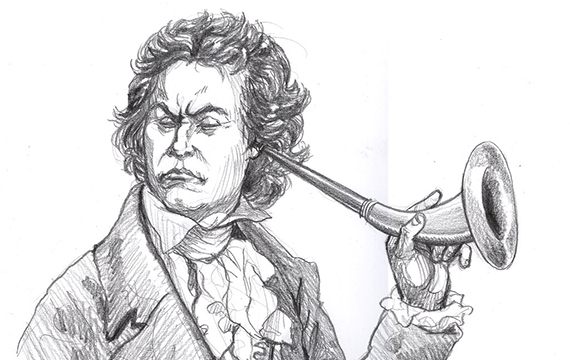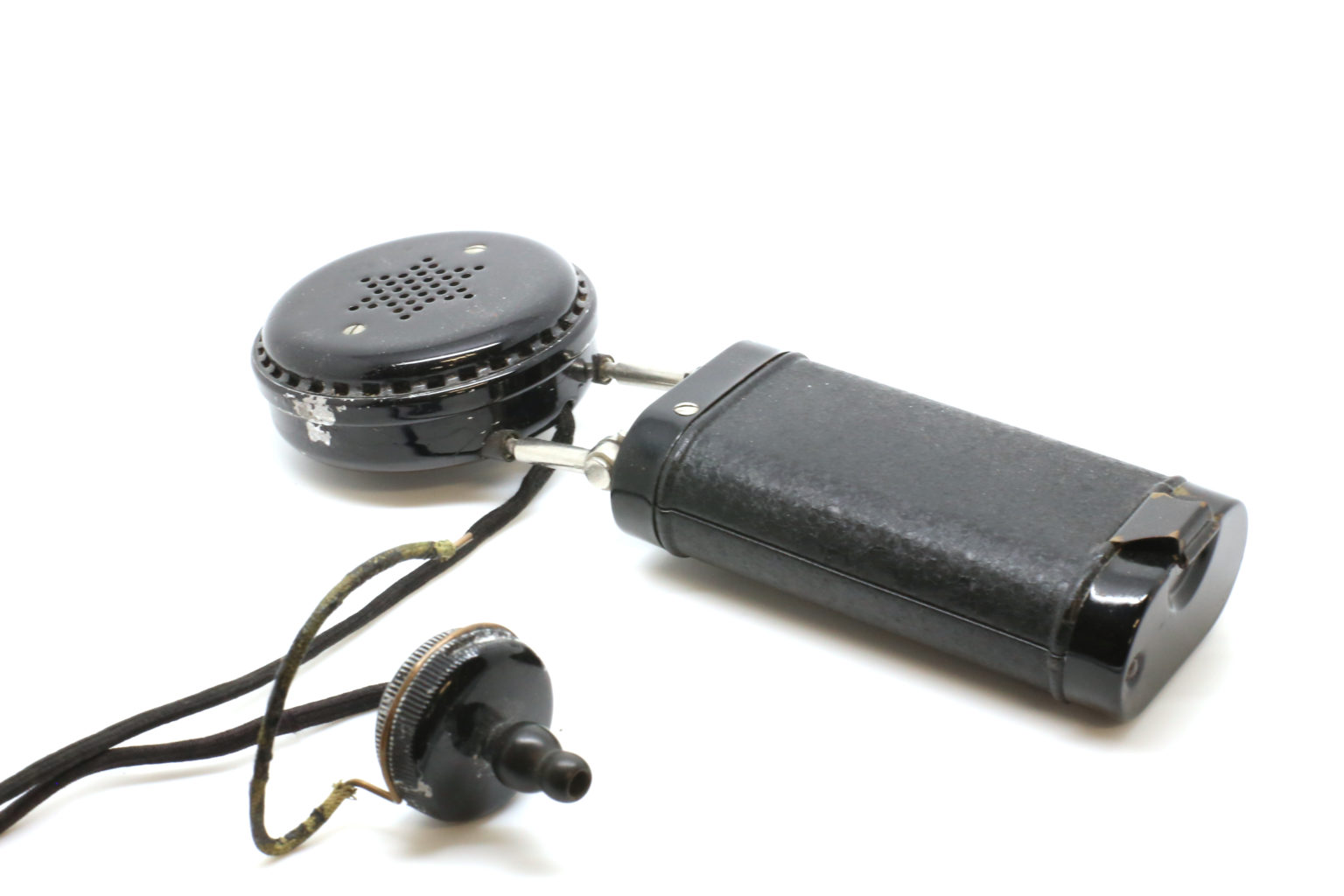Hearing aids have been around for a lot longer than one might think. But over the years, the design and features of these devices have drastically changed. Many people first looking at hearing aids today are surprised at the size and versatility of these little gadgets. After all, many of us have the image of our grandparents’ hearing aids in mind, which were considerably larger. So how has it all changed? Where did we start, to get to where we are now?
The earlies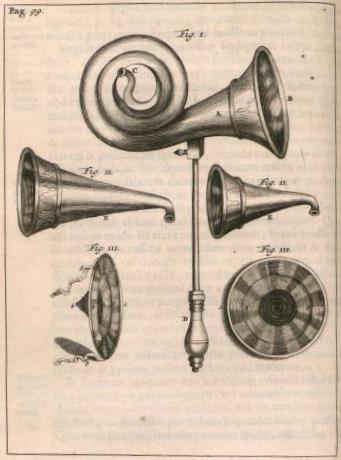 t version of a hearing device dates all the way back to the mid-1600’s. At the time, these were in the form of ear trumpets – fancy stuff for the King’s court! The concept here was simple: a funnel-shaped opening leading to a tube into the ear. While this did nothing in terms of amplification, it served to funnel the sound directly to the ear. Which for about 250 years offered help to the hearing impaired to some degree. They became more “collapsible” and portable over the years, eventually commercialised for the general public in the early 1800’s. In fact, Ludwig van Beethoven began to lose hearing at this time and was fit with ear trumpets himself.
t version of a hearing device dates all the way back to the mid-1600’s. At the time, these were in the form of ear trumpets – fancy stuff for the King’s court! The concept here was simple: a funnel-shaped opening leading to a tube into the ear. While this did nothing in terms of amplification, it served to funnel the sound directly to the ear. Which for about 250 years offered help to the hearing impaired to some degree. They became more “collapsible” and portable over the years, eventually commercialised for the general public in the early 1800’s. In fact, Ludwig van Beethoven began to lose hearing at this time and was fit with ear trumpets himself.
Then in the late 1800s came the invention of telephones and microphones, and that’s when things kicked off. These were able to control the loudness and distortion of sounds, and technology was needed to enhance devices for the hearing impaired. And so, in 1898, the first electric hearing aid – the Akouphone – was invented. Using a carbon transmitter, it was able to take soft sounds and amplify them with an electric current. In 1913, Siemens became the first manufacturer of electronic hearing aids, later selling their hearing instrument branch in 2015. Today this branch is more commonly known as Signia.
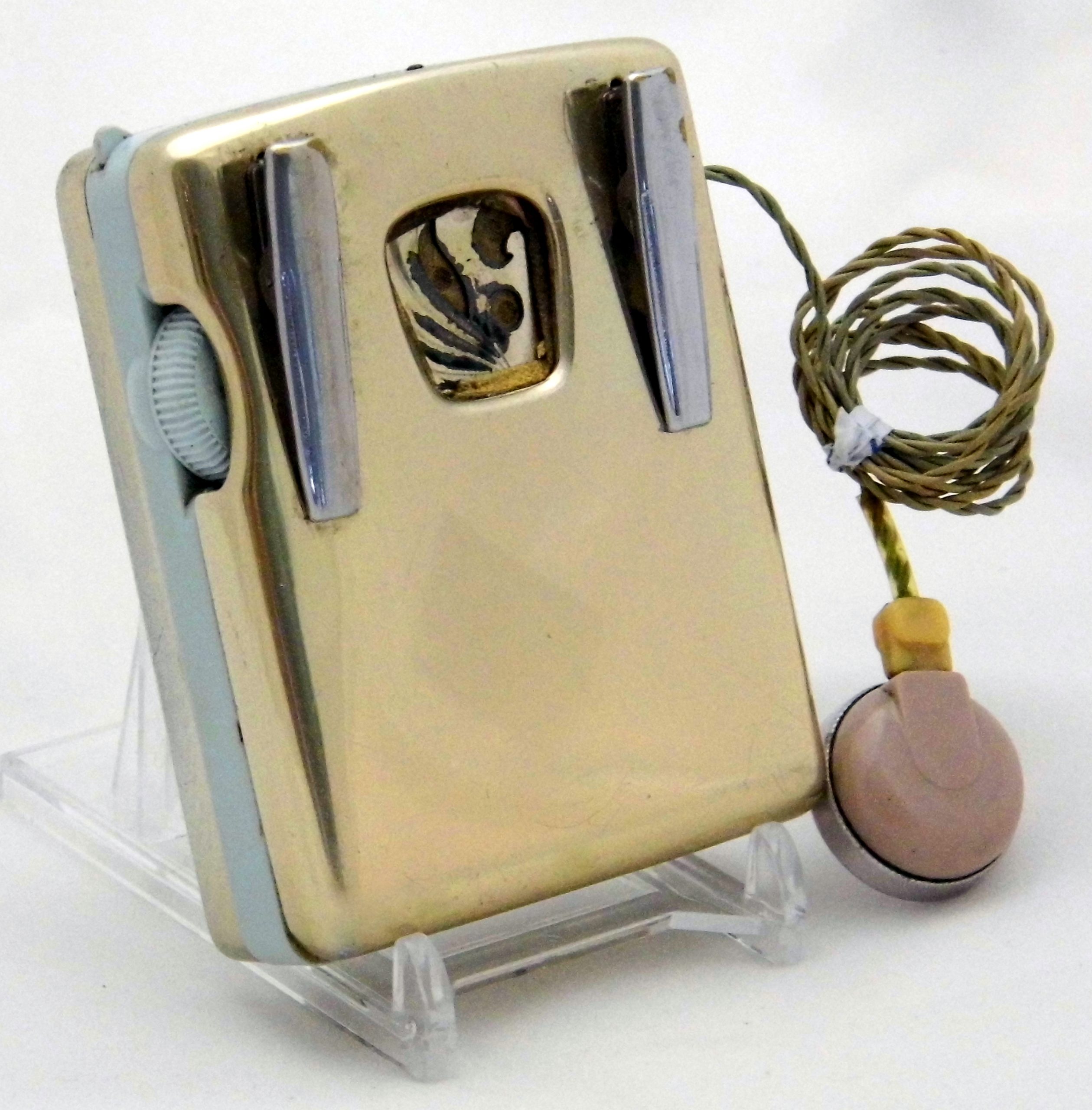 Hearing aids then went through a phase of vacuum-tube technology to control the electric current. This became hugely popular and allowed the process of reducing hearing aid sizes to eventually become portable. Then with WWII, the concept of miniaturisation began, followed by the invention of transistors. They were able to replace vacuum-tube technology, being smaller, using less battery and distorting sound less. But transistors struggled with dampness and body heat and required a special coating to prevent damage. Subsequently, in 1958, Texas Instruments began manufacturing integrated-circuit hearing aids, effectively ending the use of transistors.
Hearing aids then went through a phase of vacuum-tube technology to control the electric current. This became hugely popular and allowed the process of reducing hearing aid sizes to eventually become portable. Then with WWII, the concept of miniaturisation began, followed by the invention of transistors. They were able to replace vacuum-tube technology, being smaller, using less battery and distorting sound less. But transistors struggled with dampness and body heat and required a special coating to prevent damage. Subsequently, in 1958, Texas Instruments began manufacturing integrated-circuit hearing aids, effectively ending the use of transistors.
By the 1960’s, large mainframe computers were becoming available and with them, the start of the invention of digital hearing aids. Processing audio and speech was a slow process that prevented real-time reproduction of sound, making portable hearing aids unimaginable. However, with the invention of microprocessors in the 1970’s, miniaturisation once again became a possibility. And once the audio signal was split across separate frequency bands, different sound pitches were able to be amplified individually.
The 70’s also brought in hybrid hearing aids, using analog components to amplify and filter, and digital programming. The combination of the real-time sound processing from analog components and digital programmable signals meant high performance and battery efficiency. In the early 1980’s however, using high-speed digital processors, the first wearable digital hearing aid was created. This came with features like self-adjustment and a fitting algorithm based on audibility which would carry into today’s devices. And finally in 1987, although not yet successful on the market, the first commercial digital hearing aid was launched. And from there, the race for the best behind-the-ear hearing aids was on!
 Moving forward, the technological advances skyrocketed, with manufacturers continuously outdoing themselves. From 1995 when the first fully digital behind-the-ear hearing aid was offered till today, improvements have come at lightning speed. Sound adjustment, microphone directionality, and background noise cancellation are among some of the latest features added. Then when smartphones became the norm, BlueTooth connectivity was added to the hearing aids, along with rechargeable batteries. And of course, throughout all this, the size just keeps getting smaller.
Moving forward, the technological advances skyrocketed, with manufacturers continuously outdoing themselves. From 1995 when the first fully digital behind-the-ear hearing aid was offered till today, improvements have come at lightning speed. Sound adjustment, microphone directionality, and background noise cancellation are among some of the latest features added. Then when smartphones became the norm, BlueTooth connectivity was added to the hearing aids, along with rechargeable batteries. And of course, throughout all this, the size just keeps getting smaller.
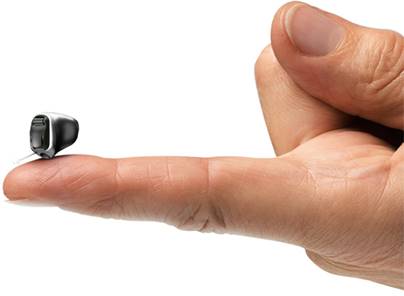 Today most hearing aids are almost completely unnoticeable and can provide crisp and clear sound reproduction. Battery life has increased and even your TV or tablet can stream sound directly into your devices. Even in the 5-year lifespan of your hearing aids, the amount of progress and advances in devices is astonishing. Looking back on it all, it’s exciting to think of how much more progress may still come in the future.
Today most hearing aids are almost completely unnoticeable and can provide crisp and clear sound reproduction. Battery life has increased and even your TV or tablet can stream sound directly into your devices. Even in the 5-year lifespan of your hearing aids, the amount of progress and advances in devices is astonishing. Looking back on it all, it’s exciting to think of how much more progress may still come in the future.
Hearing aids have come a very long way since the ear trumpets at royal courts. Even from 20 years ago, the difference is astounding and people are often surprised at how small devices actually are. So to follow in the footsteps of Beethoven himself and start your hearing device journey, give us a call! Falls of Sound can offer the full range of hearing aids available on today’s market. And we look forward to welcoming the new technologies with you!

